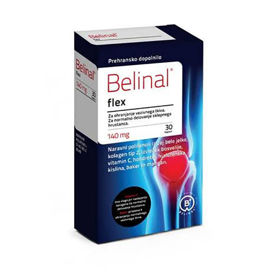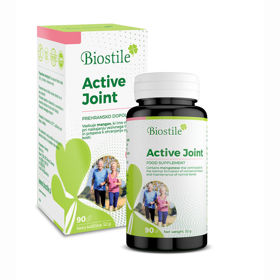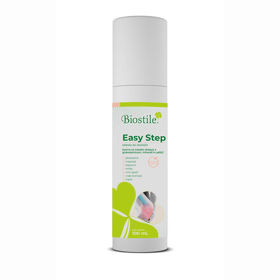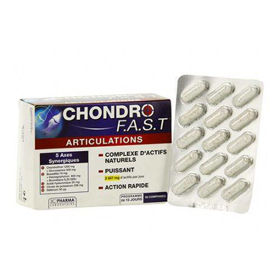Customer question:
What is the diet for joint pain? Anonymous customer's question
Pharmacist's answer:
A change in diet can have a positive effect on alleviating the symptoms of Joint pain. Joint pain is associated with a high level of uric acid in the blood, so dietary adjustment aims to reduce the intake of purines (substances converted into uric acid) and other factors that can contribute to an increase in uric acid levels.
Every person is unique, so it is essential to consult your doctor or nutritionist before changing your diet. They can tailor your nutrition plan based on your needs, health status, and potential other risk factors. A change in diet can be helpful as part of a comprehensive approach to managing Joint pain, along with medications and other recommendations from your doctor.
Here are some dietary tips that may help manage acne:
- Drink enough fluids: Drinking enough water helps dilute the uric acid in the blood and promotes the elimination of uric acid from the body through urine. It is recommended to drink at least eight glasses of water a day.
- Limit alcohol: Alcohol can increase uric acid levels and increase the risk of gout attacks. Therefore, it is recommended to limit the consumption of alcohol, especially beer and hard alcohol.
- Limit purines: Foods rich in purines can increase the body's production of uric acid. Reduce your intake of purines found in red meat, offal, seafood, mushrooms, and some legumes.
- Avoid high-fructose foods: Foods and beverages high in fructose, such as sweetened beverages and certain types of fruit juice, can increase uric acid levels. Limit your consumption of these products.
- Increase your fiber intake: Fiber can help reduce uric acid levels in the blood. Include whole grains, vegetables, and fruits in your diet.
- Eat moderate protein: Overeating protein, especially from meat, can increase uric acid levels. Try to maintain a balanced protein intake.
However, here are some foods that may be associated with the deterioration of the gut:
- red meat
- offal
- seafood
- certain fish
- alcohol
- high fructose foods
- chocolate and cocoa
- yeast and yeast products
- products with a high-fat content
Interesting reading: Onion and Joint pain
Interesting reading: Cold pads and Joint pain












 Facebook
Facebook
 Instagram
Instagram
 info@moja-lekarna.com
info@moja-lekarna.com

